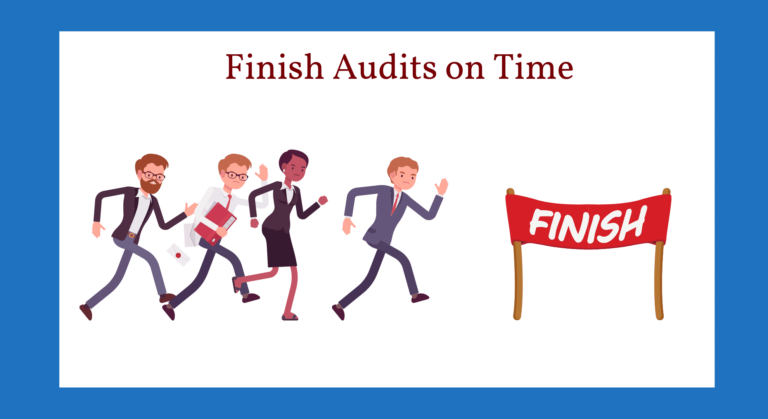How to Know When to Send Bank Confirmations
Should you always send bank confirmations? Bank confirmations are not a required audit procedure, yet many firms always send…
Auditing standards are issued by the American Institute of CPAs. Opinions rendered under this set of rules are usually issued in the United States, both for non-governmental and governmental entities. The purpose of the audit standards is to provide a basis for auditors to gain sufficient evidential matter to support the opinions issued. Auditors most commonly issue unmodified opinions, meaning the auditor believes there are no material misstatements in the financial statements.

Should you always send bank confirmations? Bank confirmations are not a required audit procedure, yet many firms always send…

What is the purpose of audit walkthroughs? How do you document walkthroughs? Is it better to use checklists, flowcharts…

What accounting and auditing standards do accountants follow in the United States? And who issues them? Understanding these standards…

Most governments have multiple opinion units requiring unique audit plans. Below, I explain how governments use two different measurements…

Audit file work paper dates are telling. They can tell us something good, or they can tell us something…

Here’s a video explaining how to test journal entries as an auditor. By doing so the right way, you…

In this video, I explain unmodified, qualified, adverse, and disclaimed audit opinions.

What are the differences in supplementary information, additional information, and required supplementary information? Does the audit opinion change for…

How can you finish audits on time? If firms cannot complete audits, they cannot bill (at least not entirely)–and…